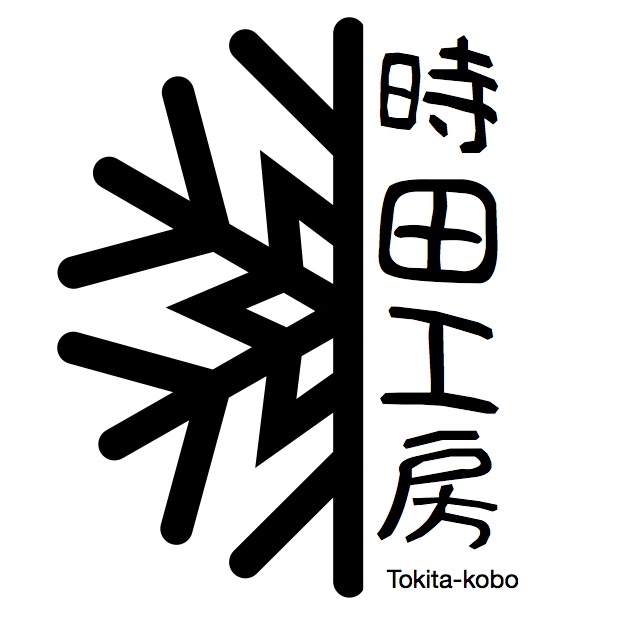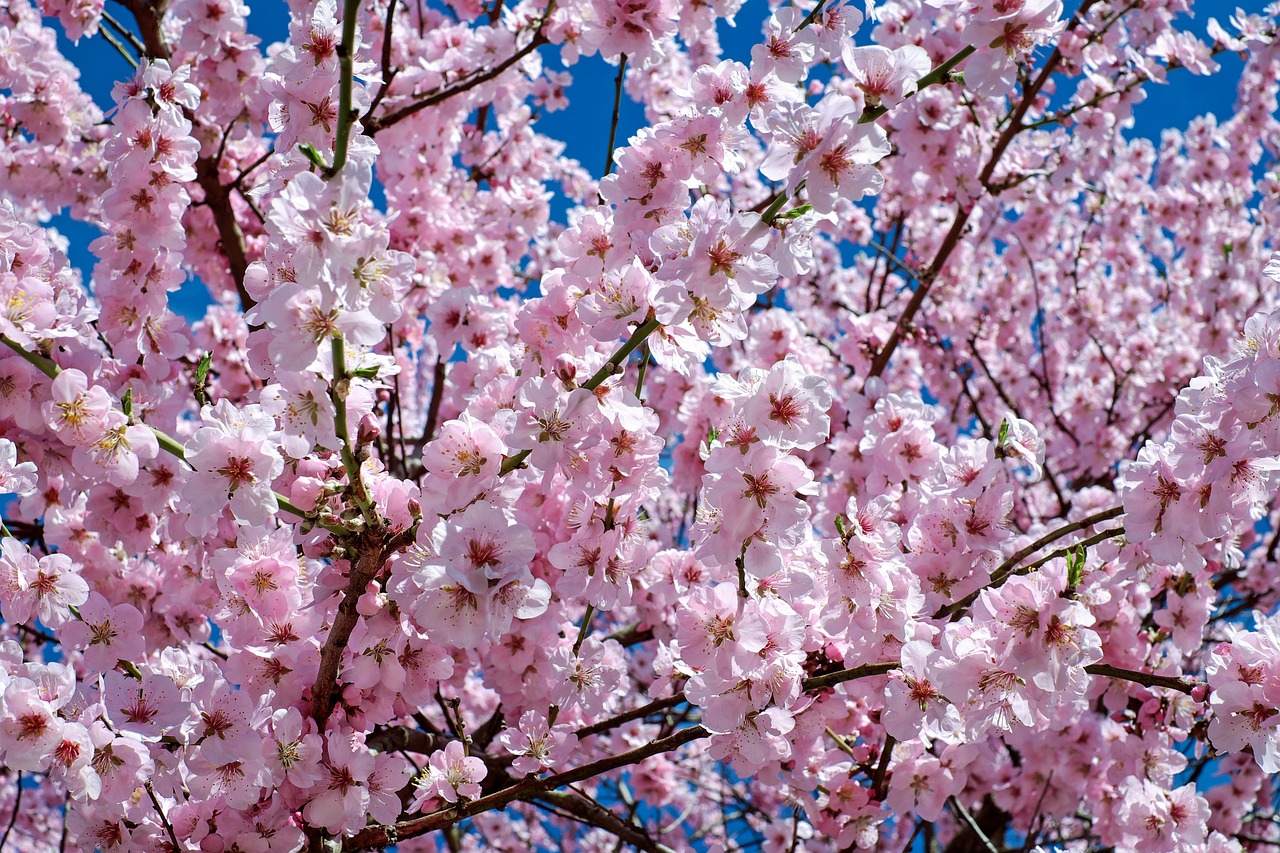Spring in Japan is not just about cherry blossoms—it is also the season of new beginnings. As the school year starts in April, families across the country prepare for one of the most significant milestones in a child’s life: the nyūgakushiki (入学式), or entrance ceremony. This formal event marks the transition into a new stage of education, whether it be elementary school, junior high, high school, or even university.
The entrance ceremony is a moment of great pride and anticipation, a tradition deeply ingrained in Japanese culture. Students, dressed in new uniforms or formal attire, gather in their school halls with their families and teachers. The ceremony includes speeches from school officials, the singing of the school anthem, and words of encouragement for the students as they embark on their educational journey.
The Role of Ceremony in Japanese Education
In Japan, education is highly structured, and the entrance ceremony reflects the nation’s emphasis on discipline, respect, and community. Schools take this event seriously, ensuring that students understand their role in the academic institution. It also fosters a sense of belonging, making students feel part of a larger group from the very beginning. The atmosphere is formal, sometimes even solemn, as students and parents listen attentively to speeches about academic excellence, perseverance, and school pride.
The Symbol of the Randoseru (ランドセル)

One of the most iconic images of the Japanese entrance ceremony, especially for elementary school students, is the randoseru (ランドセル), the sturdy and stylish backpack that children receive before they start first grade. Traditionally made of leather and designed to last all six years of elementary school, the randoseru is a symbol of growth and responsibility. Parents and grandparents often gift these backpacks to children, and the choice of color and style has evolved over time—from the classic black and red to a variety of pastel and custom designs. Carrying a randoseru to school is a rite of passage, marking the start of a child’s academic journey with a sense of pride and excitement.
How Does This Compare to Canada?
Canada, in contrast, does not have a nationwide equivalent to the entrance ceremony. The school year typically begins in September, but the transition is much more relaxed. In elementary and high schools, the first day of school is informal, with students arriving to meet their new teachers and classmates. There may be welcome activities, but there is no formal event to mark the beginning of the school year.
University and college orientations in Canada tend to be more social and student-led. Instead of formal speeches and structured proceedings, Canadian post-secondary institutions host orientation weeks, which include campus tours, club fairs, and social events designed to help students integrate into their new academic environment. While these events are important, they lack the ceremonial formality of Japan’s entrance ceremonies.
What do you think about these different traditions? Would you like to see a more formal entrance ceremony in Canadian schools, or do you prefer the relaxed approach? Let us know in the comments!

